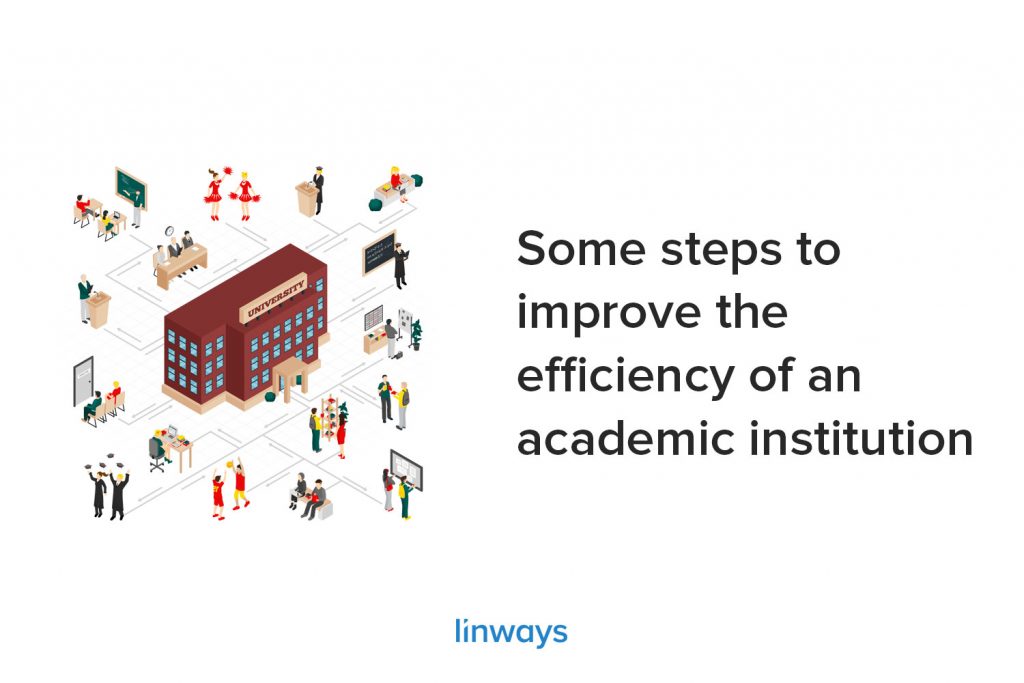
Over the course of this blog series, we have seen the NIRF overview, ranking parameters, etc. Now let us see what the institution has to do for applying for an NIRF rank.
Though the NIRF rank list is published each year, scoring a better rank for your institution can be tricky. There are evaluations and assessments to determine grades and values, as we mentioned in our previous blog, that decides the final rank. If your institution has managed to get into the top 100, congratulations. But for those of you haven’t, did you do everything correctly?
The NIRF cross-checks the documents submitted to them, and verifies the data used for assessment. We will discuss about how institution can submit the data to get a better NIRF rank, and the workflow of the ranking process in this blog.
According to NIRF,
“In view of the absence of a reliable and comprehensive third-party Data-Base that could supply all relevant information (as needed for computing the said scores) it is imperative that the institutions that are desirous of participating in the ranking exercise, supply the data in the given format that is being made available on the NIRF portal, before the last date specified for this purpose. The deadlines will be separately announced on the NIRF portal.
It is required that the institutions upload the submitted data also on their own, publicly visible website in the interest of transparency. The access to this data should be through a prominent link named NIRF in the homepage itself.It is mandatory that institutions should host the data submitted for India Rankings 2018 on their website post the final submission and they should also provide an email address where they would receive comments and feedback. Institutions should pro-actively and objectively examine the comments and feedback received to effect corrections, if so warranted (within the time slot to be announced by NIRF on its website). All institutions have to mandatory host data submitted for India Rankings 2018 for a period of three years.”
Also, the institutions which fail to post the upload the onto their own website will not be ranked. Thus, if the submitted data is not visible on the Institute’s own website (NIRF will do a limited checking on a random basis), its registration for ranking is likely to be cancelled after an initial notice.
By the way, there is a division between institutions as per the NIRF. Namely, category A, and B.
There are two categories of institutions for most disciplines: These are institutions primarily engaged in teaching (Category B) and institutes engaged in both research and teaching (Category A).
- To elaborate, Category A would comprise of Institutions of National Importance set up by an Act of Parliament, State Universities, Deemed-to-be-Universities, Private Universities and other autonomous colleges etc.
- Category B institutions, on the other hand, are affiliated to a University and do not enjoy full academic autonomy. An autonomous college, however, which is engaged primarily in teaching, may also opt for being ranked in Category B.
The data can be submitted by the institution or taken from third-party sources. Once the data is received, the institution will be invited to check out the data. If the Institution does not give any comments or feedback within a specified period on the displayed data, NIRF will assume that the data is accurate, and proceed with it.
We will publish a data template for submitting the institutional data for the NIRF in our next blog.




